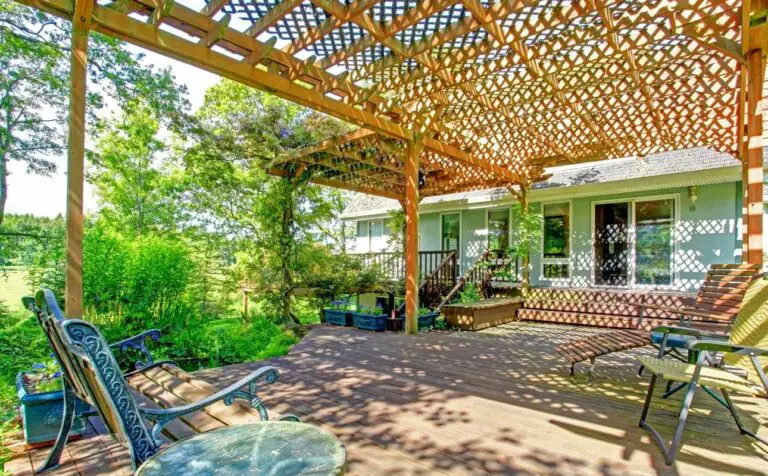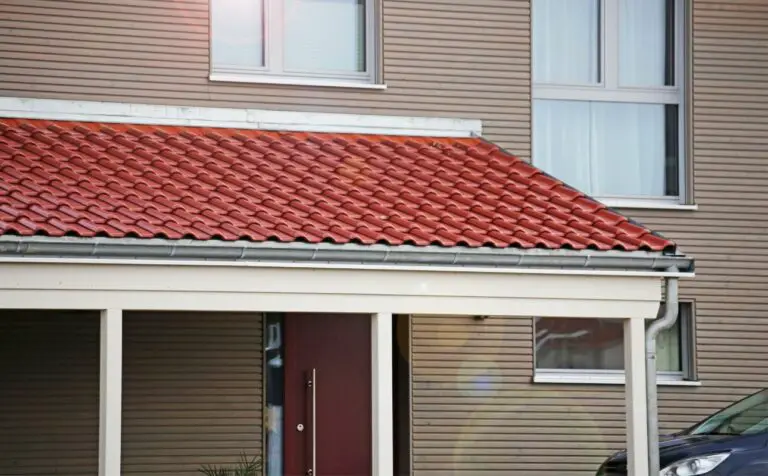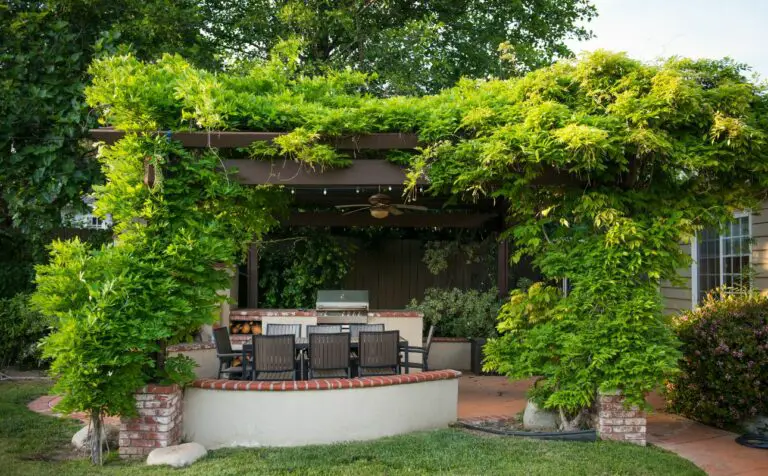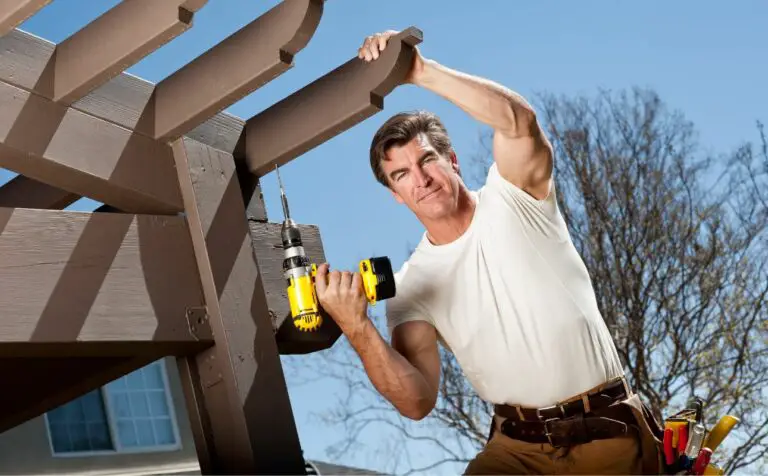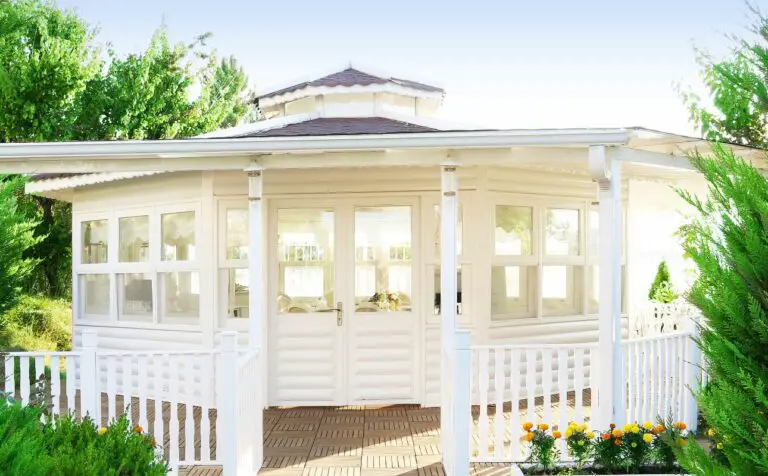As you hitch your horse to the post and mosey into the world of outdoor furniture, you may find yourself pondering the cost of a timeless Adirondack chair. These classic seats don’t have a one-size-fits-all price tag; they can range significantly based on various factors.
You’ll notice that material plays a major role, with options like plastic, wood, and even composite materials each bringing their own price points. Size matters too; a child’s chair will cost less than a full-sized version designed for adults. Then there’s the issue of features—would you like your chair to fold, or perhaps include an ottoman? And don’t forget quality; higher-end models with exceptional craftsmanship and durability will dent your wallet more than their bargain counterparts.
So, as you set out to find the perfect Adirondack chair, keep in mind that you’re investing in comfort, style, and a piece of Americana that can range from affordable to a luxury splurge.
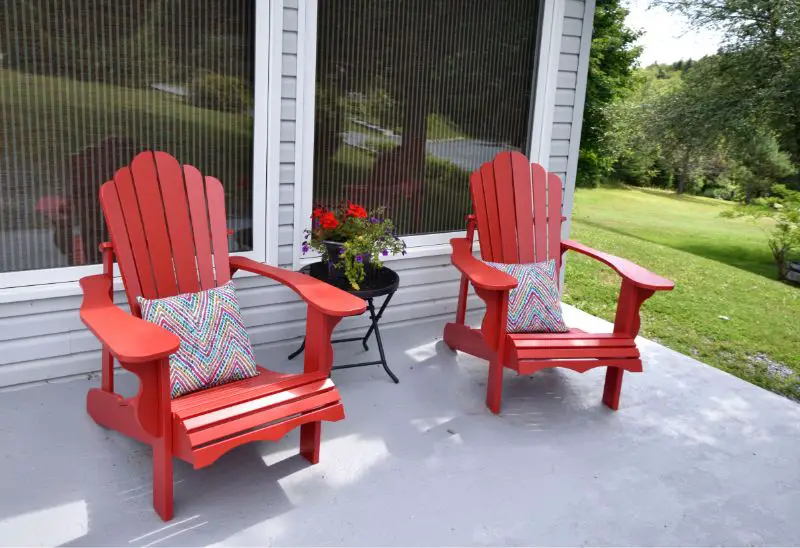
Materials
In choosing the material for your Adirondack chair, you’ll encounter a variety of options, each with its own cost implications.
Wood chairs, traditional and warm, range from affordable pine to pricier teak, with an average price range of $100 to $700. They boast a classic aesthetic but require maintenance to combat weathering.
On the flip side, plastic models, often made from recycled materials, prioritize sustainability and ease of care. These can run you anywhere from $50 to $400, with the added benefit of a lower environmental impact.
Metal vs. Composite is another debate. Metal chairs, durable and often sleek, may cost between $150 and $500, but they can be susceptible to rust without proper treatment.
Composite chairs blend wood fibers with recycled plastics, offering a balance of durability and sustainability. These typically fall in the $200 to $600 range, appealing to eco-conscious buyers.
Each material has its environmental considerations. Wood demands responsible sourcing to ensure sustainability, while plastic and composite tout their use of recycled materials. Metal, although recyclable, often requires a significant amount of energy for production.
When you’re weighing Wood vs. Plastic or Metal vs. Composite, think about the long-term sustainability and environmental impact alongside the upfront cost.
Size
You’ll find that the cost of Adirondack chairs varies with the size, from compact to oversized options suited for different comfort and spatial needs.
Standard-sized chairs are perfect for most adults, balancing ergonomic design with reasonable outdoor durability. Oversized models offer a higher weight capacity and more room for comfort, often including additional customization options. Meanwhile, kid-sized chairs are designed for the little ones, ensuring they’re not left out of the relaxation.
When considering the size of your Adirondack chair, think about the space you have and the assembly requirements. Larger chairs might take up more space and require more time to put together, but the extra comfort can be worth it. Smaller chairs are easier to store and can fit into tighter outdoor areas.
Here’s a quick overview of different sizes and their attributes:
| Size | Details |
|---|---|
| Standard | Ergonomic design, moderate weight capacity |
| Oversized | Increased weight capacity, customization |
| Kid-Sized | Scaled for children, easy storage |
| Compact | Space-saving, less assembly |
| Custom | Tailored fit, varied outdoor durability |
Choose your Adirondack chair size based on these factors to enjoy the perfect blend of comfort and convenience.
Features
Beyond size, your choice of Adirondack chair features, from foldable designs to built-in cup holders, can significantly affect both price and enjoyment.
Folding vs. Non-folding Adirondack chairs offer a clear choice between convenience and sturdiness. Foldable models, which are great for easy storage and portability, tend to be pricier than their non-folding counterparts. However, they might lack the solidity of a stationary chair.
Reclining vs. Non-reclining Adirondack chairs present another consideration. If you’re looking for a chair that adjusts to your comfort level, reclining options are available, though they may come with a higher cost and additional maintenance to ensure the moving parts remain functional.
Rocking vs. Non-rocking Adirondack chairs add a classic touch to the chair’s design. Rockers can turn your seat into a soothing retreat, but they also usually mean a bump in price and the need for more space.
Cup holder vs. Non-cup holder Adirondack chairs is a smaller yet practical feature to think about. Chairs with cup holders add to your convenience, although they might require extra cleaning and can slightly drive up the cost.
The benefits and drawbacks of additional features in Adirondack chairs revolve around comfort, convenience, and price. Extra features often enhance the user experience but consider whether they justify the additional expenses and potential maintenance.
Quality
When assessing Adirondack chair prices, build quality—a compound of materials, craftsmanship, and durability—directly influences their cost and value.
You’ll find that a higher price often reflects superior craftsmanship assessment, where the attention to the joints, finishing, and hardware is meticulous. Take a closer look at these details; tight and seamless joints, a smooth finish, and rust-proof hardware are signs of quality workmanship.
Material durability is another significant factor. Adirondack chairs can be made from various woods, plastics, or metals, each with different longevity and maintenance needs. Hardwoods like teak or cedar promise longer life but come with a higher price tag. Meanwhile, HDPE lumber offers a wood-like appearance with added weather resistance, often backed by substantial warranty coverage.
Speaking of warranties, a lengthy warranty coverage is a testament to the manufacturer’s confidence in their product. It’s a safeguard for your investment, ensuring that you’re covered against premature wear or defects.
User reviews are invaluable for gauging real-world performance and satisfaction. Look for consistent praise or complaints to guide your expectations.
Lastly, brand reputation can’t be ignored. Reputable brands might charge more, but they often deliver on quality promises. Researching brands and their average price ranges can help you balance cost with the assurance of a well-made Adirondack chair.
Frequently Asked Questions
How Does the Weather in My Area Affect the Longevity and Maintenance Costs of Adirondack Chairs?
In your area, weather impact necessitates more frequent maintenance to address durability concerns. Choosing the right materials and protective treatments can significantly extend your Adirondack chairs’ life, saving you money over time.
Can Adirondack Chairs Be Easily Disassembled for Storage or Moving Purposes?
You’ll find that Adirondack chairs vary in assembly ease and portability considerations due to construction design. Some require disassembly tools for storage, affecting their storage size and how easily you can move them.
Are There Any Special Discounts or Sales Periods When Adirondack Chairs Are More Affordable?
You’ll find Adirondack chairs more affordable during seasonal promotions, holiday sales, and clearance events. Also, look for bulk discounts and loyalty program rewards to save even more on your purchase.
How Does the Weight Capacity of an Adirondack Chair Influence Its Price?
Heavier weight capacity often means sturdier materials and more complex designs, which can drive up the price. Brands, customization options, and bulk purchases might affect costs, but you’ll typically pay more for durability.
What Are the Differences in Cost Between Purchasing Adirondack Chairs From Local Artisans Versus Large Retail Stores or Online Marketplaces?
You’ll find local artisans may charge more for Adirondack chairs due to custom options and reputation, while large retailers offer lower prices thanks to mass production and potentially higher shipping costs.
Sources
- (1) Adirondack Patio Chairs at Lowe’s
- (2) How Much Does It Cost to Make an Adirondack Chair?
- (3) How Much Does an Adirondack Chair Cost? – Livings Cented
